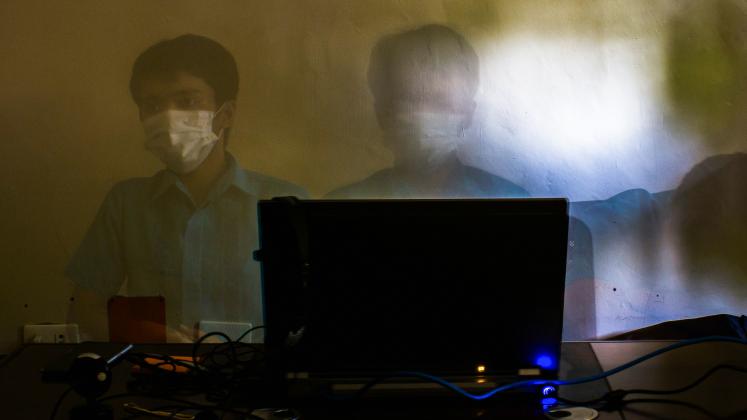In an article for the Mail and Guardian, Professor Letlhokwa Mpedi and UNU Rector Tshilidzi Marwala explore the ramifications of digital technology in the realm of forced labour and modern slavery.
"According to an ILO report, 27.6 million people were coerced into labour in 2021. The projected cost to end forced labour globally is estimated at US$212 billion — and this only represents a baseline scenario. Most of this investment is needed in Asia and the Pacific, as well as Europe and Central Asia. But, Africa — and countries like South Africa in particular — is increasingly implicated in less visible forms of forced labour linked to digital work. In these contexts, coercion is more often economic than physical and digital systems obscure rather than reveal the conditions of exploitation.
...
"Digital forced labour does not resemble the traditional imagery of chained factory workers. It is more insidious, woven into the underpaid and often invisible work of data labellers, content moderators, AI trainers and even cryptocurrency miners.
...
"South Africa, and the continent more broadly, must not only expose this system but lead the way in dismantling it — replacing shadows with accountability and peril with promise."
Suggested citation: Letlhokwa Mpedi, Marwala Tshilidzi. "Digital Shadows: Unveiling the Crisis of Forced Labour in the Tech Age," United Nations University, UNU Centre, 2025-06-13, https://unu.edu/article/digital-shadows-unveiling-crisis-forced-labour-tech-age.




4a42.jpg)